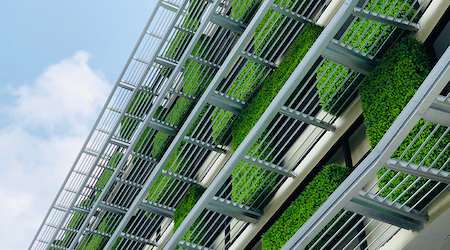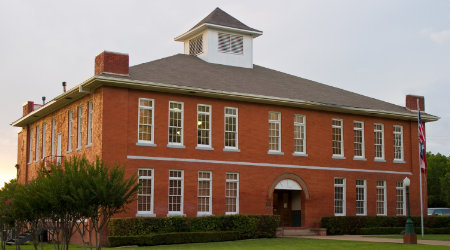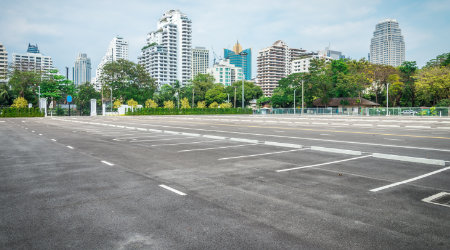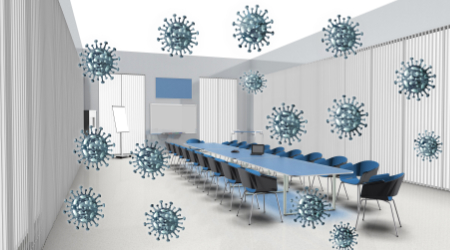
Passive Design Strategies Bring Huge Energy Savings
July 14, 2021
The words "passive" and "building" may not seem like they should go together but for building owners who want an ultra, energy-efficient structure, the duo make a perfect pair.
Although some individuals may be familiar with the term "passive house," the more appropriate terminology is "passive building and passive building principles," says Katrin Klingenberg, executive director and co-founder of the Passive House Institute U.S. or PHIUS, adding that passive house is a general term that describes building science principles that are applicable to more structures than just houses. The more common phrase now used is passive building design, she says.
Those principles are "pretty basic," Klingenberg says, and include good insulation that isn't broken by anything that conducts heat, air tightness, a heat recovery ventilation system, good windows, and a small, minimal mechanical system.
"The principles are good building science practice, and everybody should really be following that," Klingenberg says.
Paul Hutton, principal and director of regenerative design for Cuningham, says he agrees with Klingenberg's assessment.
"The idea of passive design is that the basic design, the shape, the form of the building itself, aids in making that building habitable and comfortable," Hutton says. "You don't have to have as many moving parts, you don't have to be burning fossil fuel. The shape of the design itself is doing a lot of the work."
The entire envelope of a building — roof, walls, foundation, doors, windows — needs to be thought about holistically, with the goal of doing everything possible to improve a structure's resistance to thermal resistance and infiltration or the movement of air and moisture, Hutton says. When those two critical pieces are addressed, today's technology can make a building almost like a Thermos, he says.
"So, it's a little bit of that thinking applied to a building," Hutton says. "Let's make the envelope so darn excellent that compared to normal buildings, we have far less in the way of heating and cooling."
To read this full article, titled “Passive Design, Active Energy Savings,” check out our new premium content product, fnPrime. With fnPrime, you can get access to dozens of premium articles, webcasts, videos, and ebooks. And throughout the year, you’ll get discounts on events, and invites to exclusive member-only functions. Sign up today for only $19.99 a month.
Next
Read next on FacilitiesNet












